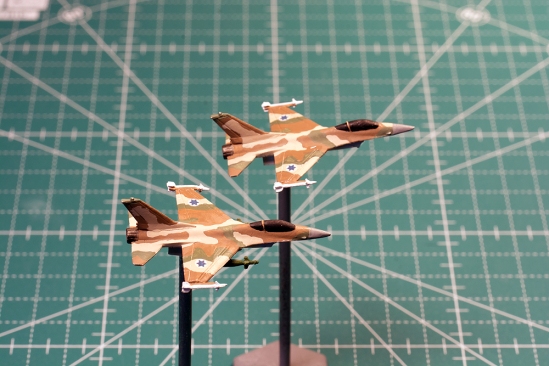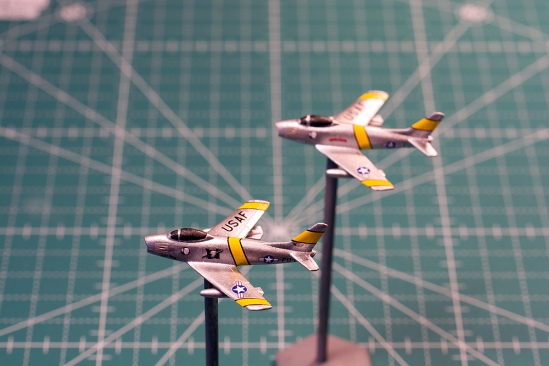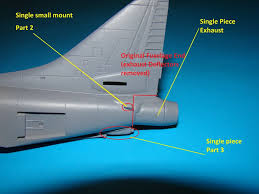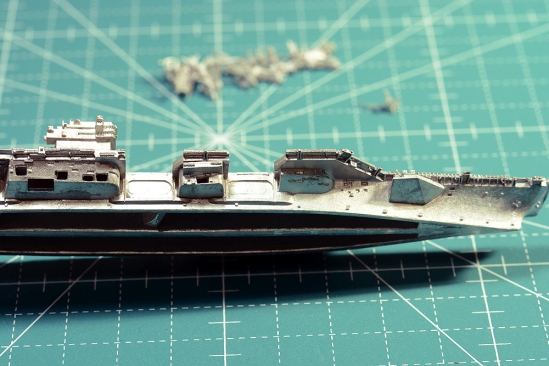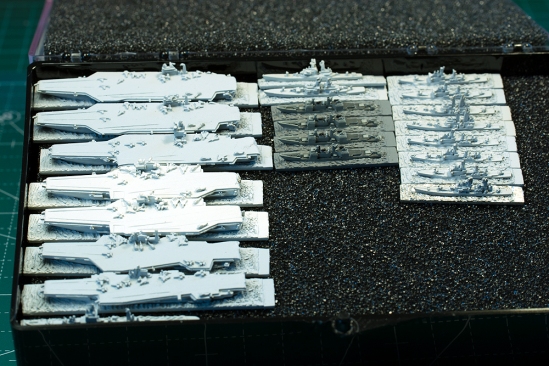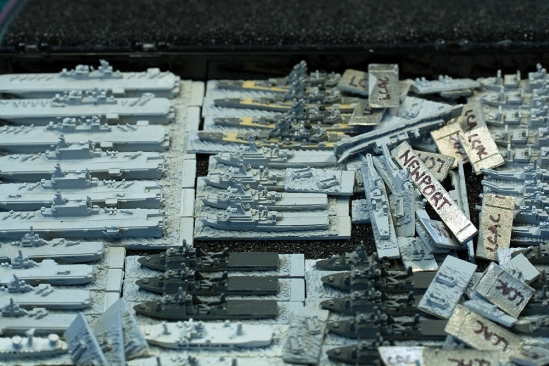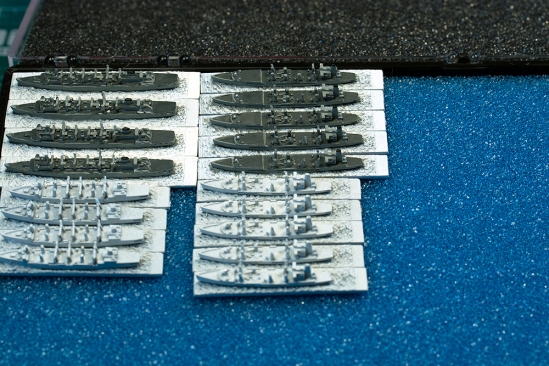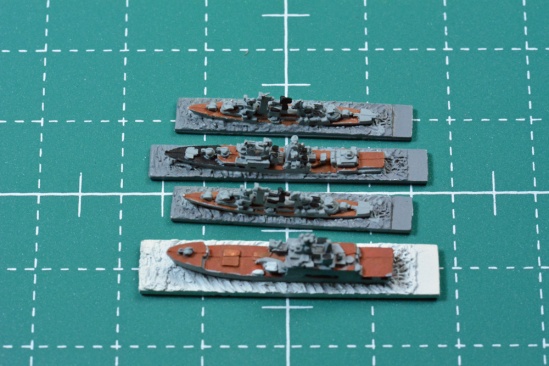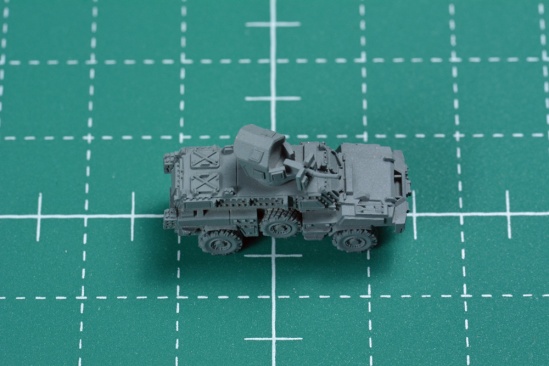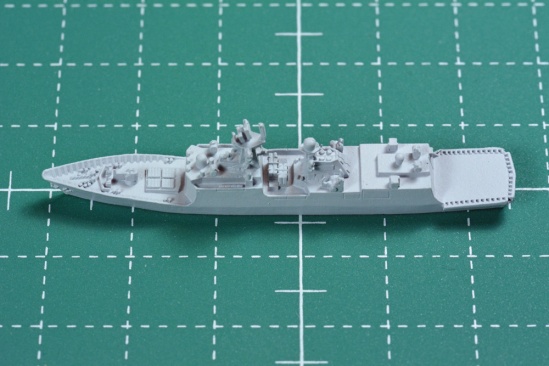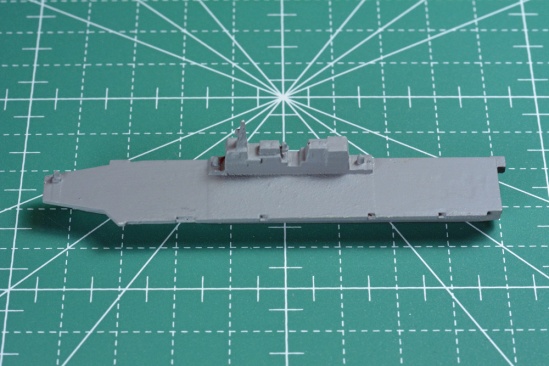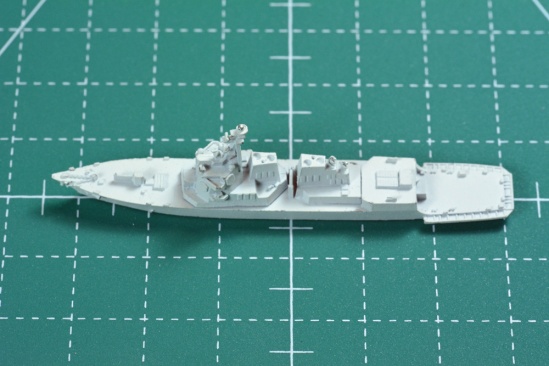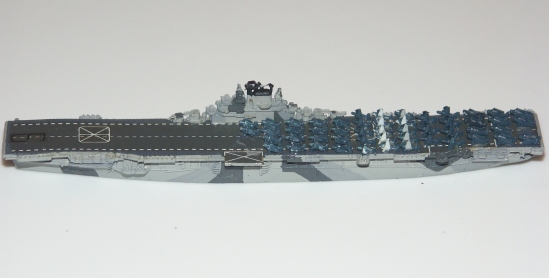After a longish hiatus I’ve come back to give you an update. Major projects underway at this time include a complete rehab/refurbish and repaint of my 1/2400 scale modern aircraft carriers and large deck amphibs. Originally these had their flight decks painted flat black. While this choice made the aircraft and deck decals stand out better it wasn’t realistic. With something like 15-20 ships, when I include the LHA/LHD classes, this has been a major undertaking. GHQ has informed me that my special order replacement parts should be going in the mail today so unfortunately that project will have to be a future post.
Another future post will cover my ongoing, if slow, attempt to paint my growing 1/6000 scale modern fleets. Currently, I have a collection of a little over 450 ships with another 20 due to arrive any day now. I’m struggling to paint them all and fix the carriers and build the naval base diorama (yet another future post)… I am about 25% complete overall, all of them are primed, most have their base hull color and now I’m going through, ship class by ship class, painting decks and details. Still not sure how I want to address the water effects for their little bases though.
So, if all of that lies in the future what is this post about? Well, occasionally when I have a bit of extra cash I look around to see what’s new from various manufacturers. Today I’m going to be featuring Viking Forge‘s Mini-Fleet line of 1/2400 scale warships. I’ll simply refer to them as VF. I have mentioned them before and they have some pretty interesting stuff in their product lines. If I understand their products correctly they are a licensed manufacturer of Sea Battle miniatures, from Austria, as well as making their own models. If you look in their catalog the items with numbers that begin “SB” are Sea Battle products and those without are VF products.
In general, all the products in the VF catalog are well proportioned, crisply cast and well detailed. You won’t find the hyper-detailing of GHQ’s products but you will see scale appropriate details. From time to time some of their models have moderate seam lines or flash as well as loss of crispness in the details. This is likely due to the age of the molds being used and affects all casting molds eventually. It would be interesting to find out if they have their own masters here in the U.S. or if they have to import new ones from Austria. Another company that carries Sea Battle in the U.S. is ALNAVCO. I talked to them years ago, before VF picked up the licensing, about this range and why it was so expensive. ALNAVCO imported their models from Austria so on average you’re paying almost $10 more per model. The catalog numbers are essentially the same. The models are the same, I have one ALNAVCO purchased JMSDF Oosumi LHA (catalog number SB353) and one purchased from VF (catalog number SB353). They are identical. ALNAVCO sells theirs at $23.50, when I bought it it was maybe half that. VF sells theirs for $6.95. I’ll leave it up to you.
Enough! On to the pictures. My most recent acquisitions are a pair of French Navy LaFayette frigates, a pair of RoC Navy Kang Ding frigates, a Wichita class AOR for the USN, and a pack of four Type 022 FAC for the PRC PLAN. The first three items are Sea Battle molds and the FAC are a VF creation. The Kang Ding’s are modifications of the French LaFayette class so I bought the French ships just to see if the VF marketers got out ahead of the modelers. Here are the results and I hope you enjoy.

French Navy LaFayette Frigate. 1/2400 Scale Model by Viking Forge

French Navy LaFayette Frigate. 1/2400 Scale Model by Viking Forge

RoC Navy Kang Ding Frigate. 1/2400 Scale Model by Viking Forge
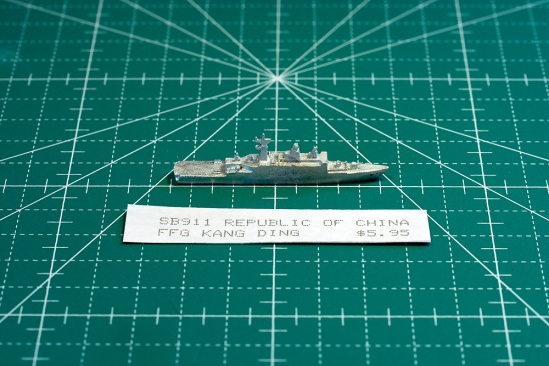
RoC Navy Kang Ding Frigate. 1/2400 Scale Model by Viking Forge
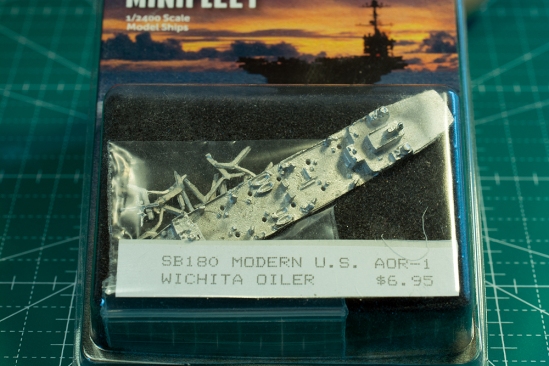
US Navy Wichita Replenishment Oiler. 1/2400 Scale Model by Viking Forge
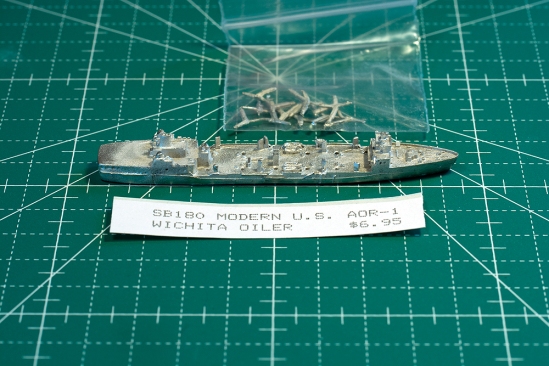
US Navy Wichita Replenishment Oiler. 1/2400 Scale Model by Viking Forge
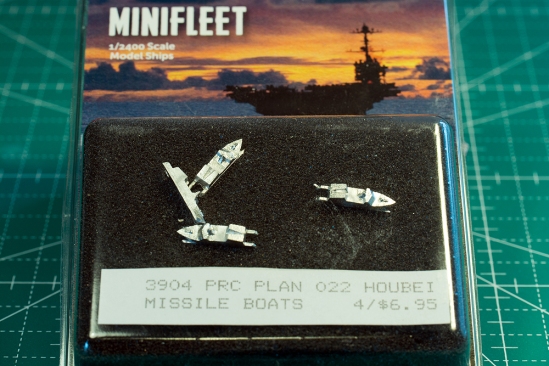
PRC Navy Type 022 FAC (Houbei Class). 1/2400 Scale Model by Viking Forge

PRC Navy Type 022 FAC (Houbei Class). 1/2400 Scale Model by Viking Forge
The Wichita models looks like it is showing signs of aging. The seam lines are more pronounced than I would have liked and the area around the flight deck looks like it has lost some detail over the years. Don’t get me wrong this is still a very good model I just think it might be getting a little long in the tooth.

Viking Forge 1/2400 Scale Wichita Class AOR Showing Minor Seam Slippage and Detail Loss.
The new frigate models were very clean and crisp with very minor seam lines, on par with any manufacturer anywhere.
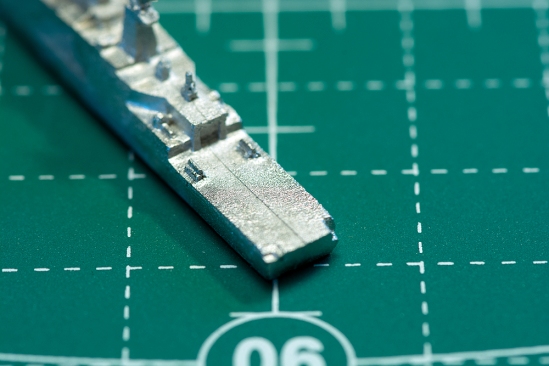
Viking Forge 1/2400 Scale Kang Ding and LaFayette Frigates Showing Very Minor Seam Lines on Flight Decks.

